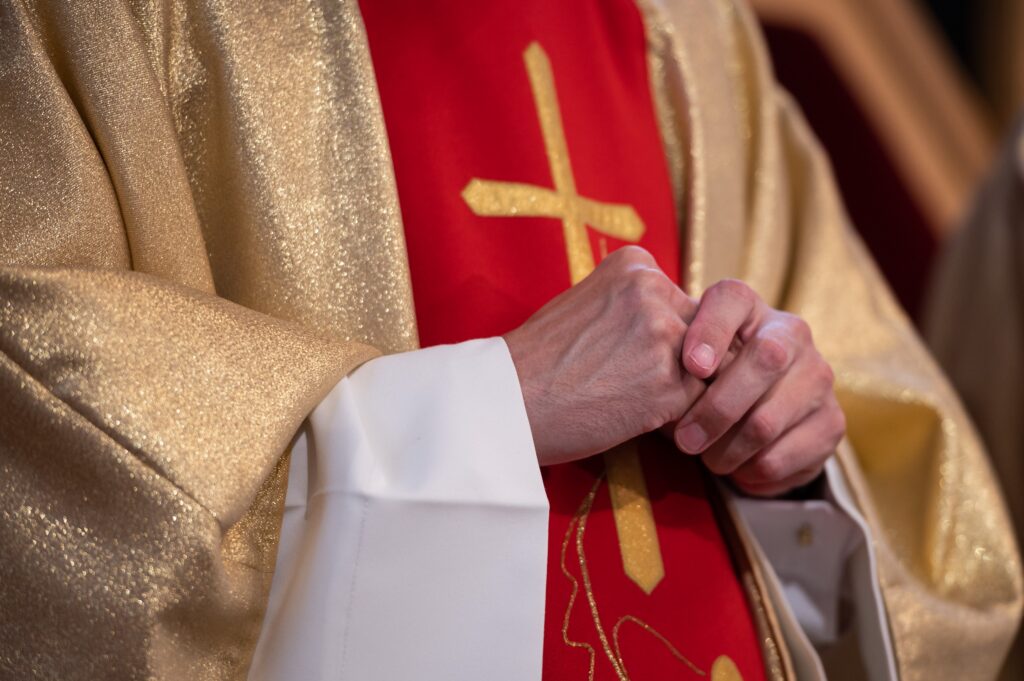
The Catholic Church has a long and rich history, and at the heart of this history are the priests who serve as spiritual leaders and guides for the faithful. Catholic priests play a critical role in the Church, administering sacraments, providing pastoral care, and leading worship services. They are seen as representatives of Christ on Earth and are entrusted with the responsibility of shepherding the flock.
The number of Catholic priests in the US has declined over time, with regional differences. Catholic priests in the US are predominantly male and older. Recruitment and retention challenges contribute to the priest shortage.
The Catholic Church is implementing various responses to address the priest shortage, including alternative models.
The growth of Catholicism in the United States has been remarkable. From its humble beginnings with a small number of immigrants, the Catholic Church has grown to become one of the largest religious denominations in the country. As Catholicism spread across different regions, so did the need for priests to minister to the growing number of faithful. In the mid-20th century, there was a peak in the number of Catholic priests in the US, with thousands being ordained each year.
In recent decades, there has been a decline in the number of Catholic priests. This decline can be attributed to various factors. One significant factor is the changing demographics of Catholics in America. With an increasing number of Catholics coming from immigrant communities where priesthood is not traditionally valued or encouraged, there has been a decrease in vocations to the priesthood. Societal changes such as secularization and a decline in religious practice have also contributed to fewer individuals considering a religious vocation.
The most recent statistics on the number of Catholic priests in the United States paint a concerning picture. According to data from the Center for Applied Research in the Apostolate, there were 37,000 Catholic priests in the US in 1970. By 2018, that number had dropped to around 37,000. This decline is particularly alarming when considering the growth of the Catholic population during the same period.
Trends and projections for the future suggest that the shortage of Catholic priests will continue to worsen. The average age of priests is increasing, with a significant number approaching retirement age. At the same time, the number of new ordinations is not sufficient to replace those who are retiring or passing away. This imbalance between supply and demand poses a significant challenge for the Catholic Church in the United States.
The number of Catholic priests in the United States varies significantly across different states and regions. Some states have a higher concentration of priests, while others struggle with a shortage. According to CARA’s data, as of 2018, California had the highest number of Catholic priests, with over 3,000 serving in the state. On the other hand, states like Alaska and Wyoming had fewer than 10 priests each.
Regional differences in the number of Catholic priests can be attributed to population density, as areas with larger Catholic populations tend to have more priests. Cultural and historical factors can influence the number of priests in a particular region. States with a strong Catholic heritage, such as New York and Massachusetts, tend to have a higher number of priests compared to states with a less prominent Catholic presence.
Catholic priests in the United States come from diverse backgrounds in terms of age, gender, ethnicity, and educational and professional experiences. The majority of priests are middle-aged or older, with many having entered the priesthood later in life after pursuing other careers. There has been a decline in the number of younger priests, which is a cause for concern.
In terms of gender, Catholic priests are exclusively male. This has been a topic of debate within the Church, with calls for the ordination of women becoming more prominent in recent years. The official stance of the Catholic Church remains that only men can be ordained as priests.
Ethnically, Catholic priests in the United States reflect the diversity of the Catholic population. While the majority are of European descent, there has been an increase in the number of priests from Hispanic and Asian backgrounds, reflecting the changing demographics of American Catholics.
Educationally, Catholic priests are highly educated. Most have completed a bachelor’s degree and have undergone several years of theological training in seminaries. Many also hold advanced degrees in theology or related fields.
The decline in the number of Catholic priests can be attributed to recruitment challenges that the Church faces. One factor is the changing societal attitudes towards religion and religious vocations. In today’s secularized society, fewer young people are considering a religious vocation as a viable career option. The priesthood requires a lifelong commitment to celibacy and service, which can be seen as incompatible with modern lifestyles and aspirations.
Scandals within the Catholic Church have also had a detrimental impact on recruitment efforts. The clergy abuse crisis has eroded public trust in the institution and has made some individuals hesitant to consider a religious vocation.
While recruitment challenges contribute to the decline in the number of Catholic priests, retention issues also play a significant role. There are various reasons why some priests choose to leave the ministry. One common reason is burnout and stress associated with the demands of pastoral work. Priesthood can be emotionally and physically draining, and some priests find it difficult to maintain a healthy work-life balance.
The decline in the number of priests poses long-term challenges for the future of the Catholic Church in the United States. Without an adequate number of priests, there will be fewer individuals available to assume leadership roles within the Church hierarchy. This could result in a lack of qualified candidates for bishoprics and other important positions, potentially impacting the Church’s ability to govern itself effectively.